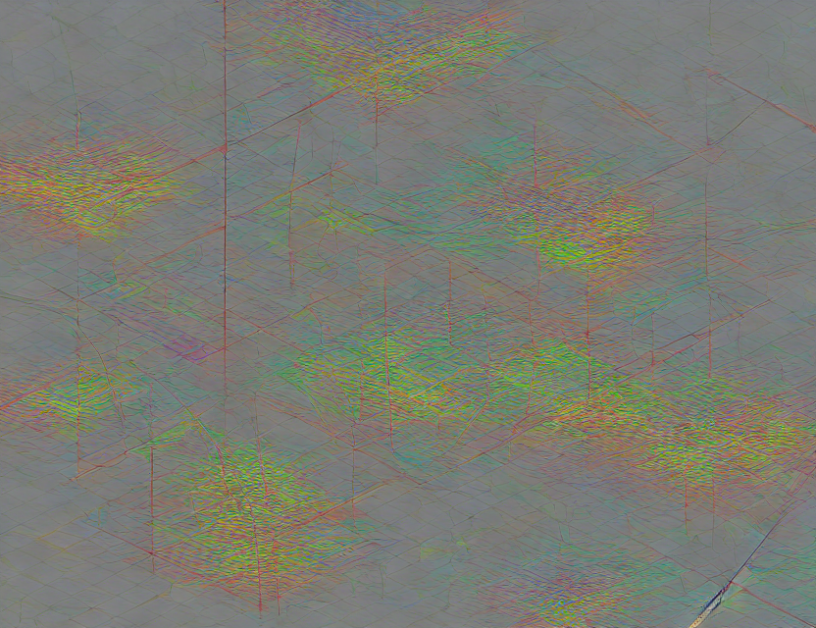In this article, we explore a fascinating field called reverse mathematics, which seeks to understand the logical strength of mathematical theorems by analyzing their complexity. The heart of reverse mathematics lies in classifying theorems based on their computational or combinatorial power, rather than just considering provability. To do this, researchers use a variety of techniques, including reducing instance-solution pairs and identifying reducibilities between them.
One key concept in reverse mathematics is indivisibility, which refers to the idea that any large subset of a structure must contain a highly organized substructure. This principle has roots in Ramsey theory, which studies structures that cannot be too disordered. In reverse mathematics, indivisibility plays an important role in understanding the intrinsic power of mathematical theorems.
To tackle this complex topic, we’ll use some straightforward language and analogies to help readers grasp the ideas. For instance, think of a theorem as a recipe for building something, like a structure. The strength of the theorem can be measured by how easy or hard it is to follow the recipe. By comparing different instances-solution pairs, researchers can identify which recipes are more complex or powerful than others.
Another important concept in reverse mathematics is the idea of uniform computability categoricity. This refers to the ability to construct an isomorphism between two structures using a Turing functional. Imagine you’re trying to build a castle with LEGO blocks, and you have two different sets of instructions for how to do it. If you can find a way to transform one set of instructions into another using a simple and well-defined process, then the two sets of instructions are computationally equivalent. This idea is at the heart of reverse mathematics, where researchers seek to understand which mathematical structures are equivalent in terms of their logical strength.
In summary, reverse mathematics is a fascinating field that seeks to understand the intrinsic power of mathematical theorems by analyzing their complexity. By comparing different instances-solution pairs and identifying reducibilities between them, researchers can gain insights into the logical strength of various theorems. The concepts of indivisibility and uniform computability categoricity play a crucial role in this process. Through engaging analogies and language, we hope to demystify these complex ideas and capture their essence for our readers.
Reverse Mathematics: Truncation, Reducibilities, and Computational Strength



